Welcome to United Medical Center, where expert care meets compassion. We are committed to providing high-quality, patient-centered healthcare with advanced medical solutions and a dedicated team of specialists. Your health and well-being are our priority—trust us to care for you and your family every step of the way.
United for Health,
Loyal for Life
Inspired by the remarkable union of our seven emirates in 1971, twelve Emirati doctors came together in 2013 to establish a medical center rooted in the same values that define the UAE and its visionary founders.
Today, under the leadership of His Highness Sheikh Mohammed bin Rashid Al Maktoum, Dubai stands as a testament to excellence driven by determination and passion. At UMC, our dedicated physicians and staff are committed to contributing to this vision by delivering exceptional healthcare.
Since its inception, UMC has upheld the motto: "We work together towards a healthier society." Our mission is to promote the well-being of the UAE community, ensuring that everyone receives world-class healthcare through the expertise, dedication, and compassion of our medical professionals.
About UMC
We work Together Towards a Healthier Society

United Medical Center (UMC) is a premier multi-specialty outpatient facility, established in 2013 by renowned Emirati doctors and consultants. Strategically located in Wafi Mall, Dubai, UMC is committed to delivering world-class healthcare by combining medical excellence with state-of-the-art technology. Our team of experts provides personalized, high-quality care across a wide range of specialties, ensuring the well-being and comfort of every patient.

Our Departments
International Quality Health Care
We are proud to offer a holistic approach to our patients through more than 17 different exceptional clinics

Cardiology Department
We provide expert heart care, from diagnosis to treatment. We specialize in cardiovascular health, offering advanced screenings, personalized care, and cutting-edge treatments to ensure your heart stays strong and healthy. Whether you're managing a chronic condition or seeking preventive care, we are dedicated to supporting your heart health at every stage of life.
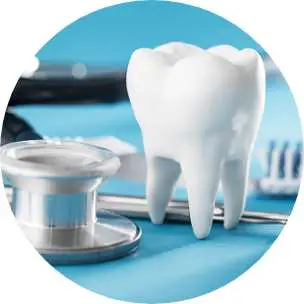
Dental Department
Our Dental Clinic offers comprehensive oral care for patients of all ages. From routine cleanings and fillings to advanced procedures such as implants and cosmetic dentistry, we focus on maintaining healthy smiles. Our expert team provides personalized care, addressing all aspects of dental health and ensuring your comfort and well-being with every visit.
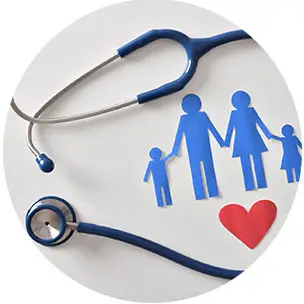
Family Medicine Department
Our Family Medicine Clinic provides comprehensive healthcare for individuals and families, focusing on prevention, early diagnosis, and effective treatment of common health conditions. We are dedicated to fostering long-term wellness, offering ongoing support for chronic conditions and preventive care to ensure your family stays healthy at every stage of life.
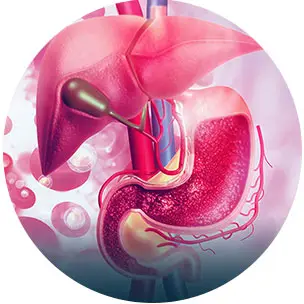
Gastroenterology Department
We specialize in diagnosing and treating digestive health issues, including acid reflux, irritable bowel syndrome (IBS), and liver diseases. We use advanced diagnostic tools to provide effective treatments that improve digestive health and overall well-being. Whether you're dealing with chronic symptoms or need preventive care, we are here to support you.

General Surgery Department
At United Medical Center Our General Surgery Clinic offers expert care for a wide variety of surgical conditions. From routine procedures to complex surgeries, we focus on providing safe and effective treatment options. Our skilled surgeons use the latest techniques to ensure a smooth recovery, while prioritizing your health and well-being throughout the process.

Hematology Department
We specialize in the diagnosis and treatment of blood disorders, such as anemia, leukemia, and clotting conditions. Our expert team provides personalized care, utilizing advanced diagnostic tools and treatment options to optimize your blood health. Whether you're managing a chronic condition or need specialized care, we are here to support your health journey.
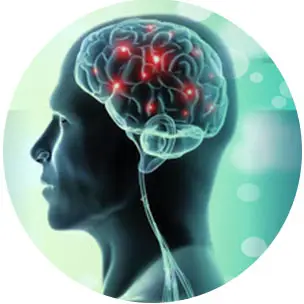
Neurology Department
Our Neurology Clinic offers expert care for neurological conditions affecting the brain, spine, and nervous system. Whether you're experiencing headaches, seizures, or neurodegenerative diseases, our skilled neurologists provide advanced diagnostic services and personalized treatments to improve your neurological health and quality of life.

Laparoscopic and Bariatric Surgery Department
The Laparoscopic and Bariatric Surgery Clinic at United Medical Center specializes in minimally invasive procedures for weight loss, metabolic disorders, and surgical treatments. Our expert surgeons use advanced laparoscopic techniques to ensure faster recovery, reduced pain, and optimal results for patients seeking safe, effective, and long-term bariatric solutions.

Plastic Surgery Department
Our Plastic Surgery Clinic provides a wide range of cosmetic and reconstructive procedures, from enhancing physical appearance to restoring function after injury or surgery. Our skilled surgeons offer high-quality care tailored to your individual needs, ensuring the best possible results with the highest standards of safety and professionalism.
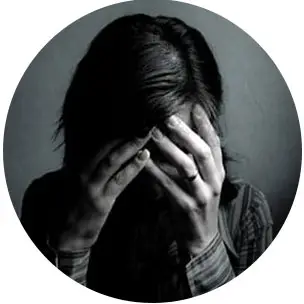
Psychiatry Department
We offer compassionate care for mental health conditions such as anxiety, depression, and mood disorders. Our experienced psychiatrists use a combination of therapy, medication, and personalized treatment plans to support your emotional well-being. Whether you're dealing with short-term stress or long-term mental health challenges, we are here to provide the care you need.

Pediatric Department
Our Pediatric Clinic provides expert care for children from infancy through adolescence. We focus on preventive care, monitoring growth and development, and treating common childhood illnesses. Our compassionate pediatricians ensure that your child’s health is supported at every stage, offering personalized care to ensure their well-being from birth to adulthood.
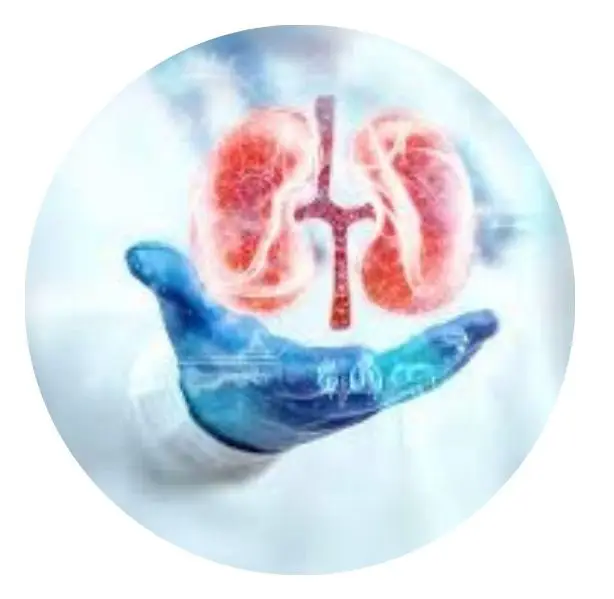
Urology Department
We specialize in treating conditions affecting the urinary tract and male reproductive system. Whether you're dealing with kidney stones, prostate issues, or urinary incontinence, our expert urologists provide advanced care and treatment options tailored to your needs. We focus on improving your urinary health and quality of life through comprehensive care and compassionate support.
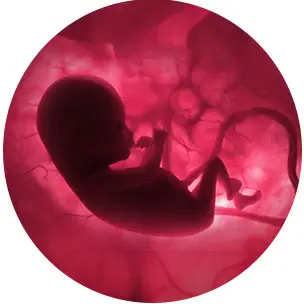
Obstetrics & Gynecology Department
Our Obstetrics & Gynecology Clinic offers comprehensive care for women’s health, addressing everything from routine check-ups to specialized treatments. We provide expert services in prenatal care, family planning, menopause management, and more. Our compassionate team focuses on your health and well-being, offering personalized care at every stage of life to ensure your optimal health.
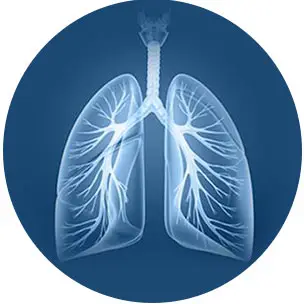
Pulmonology & Sleep Department
Our Pulmonology & Sleep Clinic specializes in diagnosing and treating respiratory conditions, such as asthma, COPD, and sleep apnea. We offer advanced diagnostic tools and treatments that address both lung health and sleep disorders, helping you breathe easier and sleep better. Our dedicated team works with you to improve your overall health and quality of life.

Nutrition and Life Coaching Department
Our Nutrition and Life Coaching Clinic focuses on personalized health and wellness, offering expert guidance on nutrition, lifestyle changes, and mindset coaching. We create tailored plans to support weight management, energy balance, and overall well-being. Our dedicated team helps you build lasting habits for a healthier, more fulfilling life.
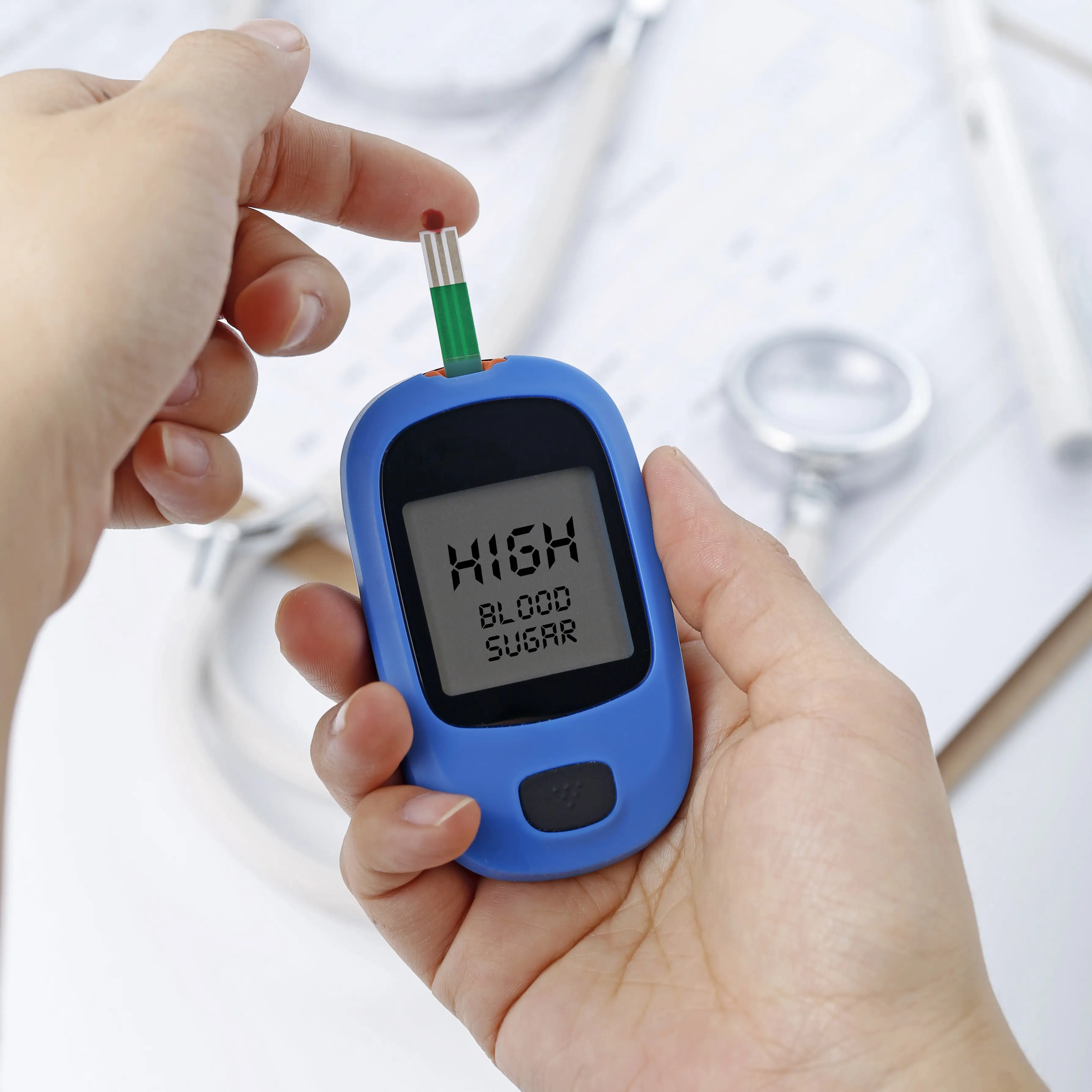
Diabetology and Endocrinology Department
Our Diabetology and Endocrinology Clinic provides specialized care for a wide range of hormonal and metabolic conditions. We offer expert services in managing diabetes, thyroid, parathyroid, adrenal, and pituitary disorders, among others. Our dedicated team is committed to delivering personalized, compassionate care to support your health and well-being at every stage.

Imaging and Radiology Department
Our Imaging and Radiology Department offers advanced diagnostic services using state-of-the-art technology. We provide a full range of imaging services, including X-rays, ultrasound, CT scans, and MRI, performed by experienced radiologists. Our team is committed to delivering accurate, timely results in a comfortable and professional environment to support your healthcare journey.
Our Departments
International Quality Health Care
We are proud to offer a holistic approach to our patients through more than 17 different exceptional clinics

Cardiology Department
We provide expert heart care, from diagnosis to treatment. We specialize in cardiovascular health, offering advanced screenings, personalized care, and cutting-edge treatments to ensure your heart stays strong and healthy. Whether you're managing a chronic condition or seeking preventive care, we are dedicated to supporting your heart health at every stage of life.

Dental Department
Our Dental Clinic offers comprehensive oral care for patients of all ages. From routine cleanings and fillings to advanced procedures such as implants and cosmetic dentistry, we focus on maintaining healthy smiles. Our expert team provides personalized care, addressing all aspects of dental health and ensuring your comfort and well-being with every visit.

Family Medicine Department
Our Family Medicine Clinic provides comprehensive healthcare for individuals and families, focusing on prevention, early diagnosis, and effective treatment of common health conditions. We are dedicated to fostering long-term wellness, offering ongoing support for chronic conditions and preventive care to ensure your family stays healthy at every stage of life.

Gastroenterology Department
We specialize in diagnosing and treating digestive health issues, including acid reflux, irritable bowel syndrome (IBS), and liver diseases. We use advanced diagnostic tools to provide effective treatments that improve digestive health and overall well-being. Whether you're dealing with chronic symptoms or need preventive care, we are here to support you.

General Surgery Department
At United Medical Center Our General Surgery Clinic offers expert care for a wide variety of surgical conditions. From routine procedures to complex surgeries, we focus on providing safe and effective treatment options. Our skilled surgeons use the latest techniques to ensure a smooth recovery, while prioritizing your health and well-being throughout the process.

Hematology Department
We specialize in the diagnosis and treatment of blood disorders, such as anemia, leukemia, and clotting conditions. Our expert team provides personalized care, utilizing advanced diagnostic tools and treatment options to optimize your blood health. Whether you're managing a chronic condition or need specialized care, we are here to support your health journey.

Neurology Department
Our Neurology Clinic offers expert care for neurological conditions affecting the brain, spine, and nervous system. Whether you're experiencing headaches, seizures, or neurodegenerative diseases, our skilled neurologists provide advanced diagnostic services and personalized treatments to improve your neurological health and quality of life.

Laparoscopic and Bariatric Surgery Department
The Laparoscopic and Bariatric Surgery Clinic at United Medical Center specializes in minimally invasive procedures for weight loss, metabolic disorders, and surgical treatments. Our expert surgeons use advanced laparoscopic techniques to ensure faster recovery, reduced pain, and optimal results for patients seeking safe, effective, and long-term bariatric solutions.

Plastic Surgery Department
Our Plastic Surgery Clinic provides a wide range of cosmetic and reconstructive procedures, from enhancing physical appearance to restoring function after injury or surgery. Our skilled surgeons offer high-quality care tailored to your individual needs, ensuring the best possible results with the highest standards of safety and professionalism.

Psychiatry Department
We offer compassionate care for mental health conditions such as anxiety, depression, and mood disorders. Our experienced psychiatrists use a combination of therapy, medication, and personalized treatment plans to support your emotional well-being. Whether you're dealing with short-term stress or long-term mental health challenges, we are here to provide the care you need.

Pediatric Department
Our Pediatric Clinic provides expert care for children from infancy through adolescence. We focus on preventive care, monitoring growth and development, and treating common childhood illnesses. Our compassionate pediatricians ensure that your child’s health is supported at every stage, offering personalized care to ensure their well-being from birth to adulthood.

Urology Department
We specialize in treating conditions affecting the urinary tract and male reproductive system. Whether you're dealing with kidney stones, prostate issues, or urinary incontinence, our expert urologists provide advanced care and treatment options tailored to your needs. We focus on improving your urinary health and quality of life through comprehensive care and compassionate support.

Obstetrics & Gynecology Department
Our Obstetrics & Gynecology Clinic offers comprehensive care for women’s health, addressing everything from routine check-ups to specialized treatments. We provide expert services in prenatal care, family planning, menopause management, and more. Our compassionate team focuses on your health and well-being, offering personalized care at every stage of life to ensure your optimal health.

Pulmonology & Sleep Department
Our Pulmonology & Sleep Clinic specializes in diagnosing and treating respiratory conditions, such as asthma, COPD, and sleep apnea. We offer advanced diagnostic tools and treatments that address both lung health and sleep disorders, helping you breathe easier and sleep better. Our dedicated team works with you to improve your overall health and quality of life.

Nutrition and Life Coaching Department
Our Nutrition and Life Coaching Clinic focuses on personalized health and wellness, offering expert guidance on nutrition, lifestyle changes, and mindset coaching. We create tailored plans to support weight management, energy balance, and overall well-being. Our dedicated team helps you build lasting habits for a healthier, more fulfilling life.

Diabetology and Endocrinology Department
Our Diabetology and Endocrinology Clinic provides specialized care for a wide range of hormonal and metabolic conditions. We offer expert services in managing diabetes, thyroid, parathyroid, adrenal, and pituitary disorders, among others. Our dedicated team is committed to delivering personalized, compassionate care to support your health and well-being at every stage.

Imaging and Radiology Department
Our Imaging and Radiology Department offers advanced diagnostic services using state-of-the-art technology. We provide a full range of imaging services, including X-rays, ultrasound, CT scans, and MRI, performed by experienced radiologists. Our team is committed to delivering accurate, timely results in a comfortable and professional environment to support your healthcare journey.
Our Vision

We work Together Towards a Healthier Society

to become the UAE’s foremost healthcare provider, recognized for excellence in patient care, innovation, and clinical expertise. We are committed to setting new benchmarks by adopting best practices, embracing the latest technologies, and adhering to internationally recognized standards, all while focusing on delivering compassionate, personalized care that enhances the health and well-being of the communities we serve.
Our Mission
We stand UNITED behind our patients from Dubai and the surrounding Gulf states to improve their health by making high quality, cost-effective healthcare available.
Our Philosophy
We believe in patient-centered care, combining medical excellence with compassion.
Our Promise
We deliver high-quality, compassionate care with integrity and innovation, ensuring your well-being comes first.
Our Guarantee
Trusted care, advanced treatment, and a commitment to your well-being—your health is in expert hands.
Meet Our Doctors
Our expert doctors are dedicated to providing top-quality care with compassion and excellence.
Get to know the team committed to your health and well-being.

Dr. Omar AlMarzouqi
Consultant general surgeon / Minimal invasive & Bariatric Surgeon
Consultant General Surgeon specializing in Minimally Invasive and Bariatric Surgery. Canadian Board Certified, he trained at Queen’s University and the University of Toronto. With seven years at UMC, he is also a Consultant Surgeon at Rashid Hospital in Dubai.

Dr. Ahmed Gabroun
Consultant Internal Medicine limited to Cardiologist
Consultant Cardiologist and Medical Director at United Medical Day Care. With 20+ years of experience, he specializes in heart disease, hypertension, and non-invasive diagnostics. A member of the Royal College of Physicians and the American Heart Association, he is also an educator and researcher.

Dr. Marwan Al Zarouni
Consultant Plastic Surgeon / Laser Specialist
Consultant Plastic Surgeon and Laser Specialist, holding an FRCS from the Royal College of Physicians and Surgeons in Glasgow and the Swedish Board in Plastic Surgery. He serves as Head of Plastic and Reconstruction at Rashid Hospital and is an Associate Professor at Mohammed Bin Rashid University (MBRU).
Accepted Payment Methods
We accept multiple payment methods, including cash, credit and debit cards, and insurance plans.



Our Insurance Partners
We are partnered with the best for your comfort
We are proud to offer a holistic approach to our patients through more than 15 different exceptional clinics







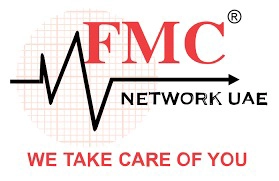


Frequently Asked Questions
What should I bring to my first appointment?
Please bring your ID, insurance information (if applicable), medical records, and a list of current medications. Feel free to bring up any specific health concerns during your visit.
How can I schedule an appointment?
You can easily schedule an appointment by calling our reception desk, using our online booking system, or by visiting our center in person. Our team is happy to assist you in finding a time that fits your schedule.
What insurance plans do you accept?
We accept a wide range of insurance plans. Please contact our office to confirm if your plan is accepted, or check with your provider to verify coverage for services at United Medical Center.
What if I need to cancel or reschedule my appointment?
If you need to cancel or reschedule, please notify us at least 24 hours in advance to avoid any cancellation fees. You can reach us by phone or through our online booking platform.
Hear From Those We Care For
Get in touch with us
At United Medical Center, your health and well-being are our top priority. Whether you have questions, need assistance, or want to book an appointment, our dedicated team is here to help.
Reach out to us via phone, email, or visit our center for personalized care. We look forward to serving you and ensuring you receive the highest quality medical care in a comfortable and welcoming environment.
04 370 8888
Saturday- Thursday, 9:00 - 21:00
Friday, 9:00 - 17:00

Follow Us
Follow Us
United Medical Center is committed to delivering expert, compassionate healthcare in Dubai. With advanced medical services across multiple specialties, we prioritize your well-being every step of the way.
Services
More
Contact Us
04 370 8888
Saturday- Thursday, 9:00 - 21:00
Friday, 9:00 - 17:00
© Copyright 2025. United Medical Center. All rights reserved.